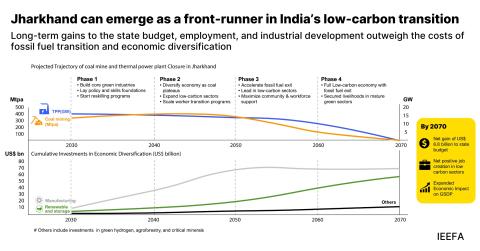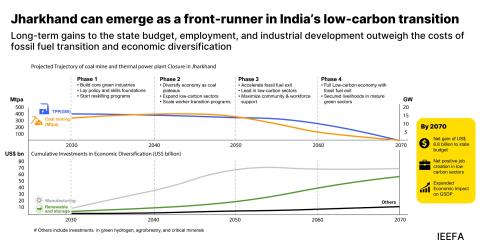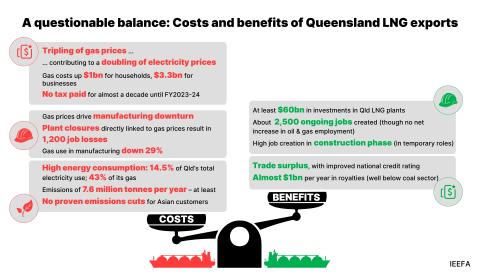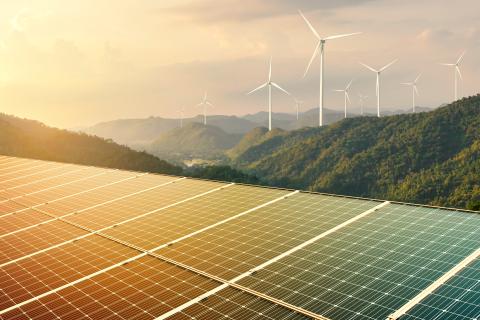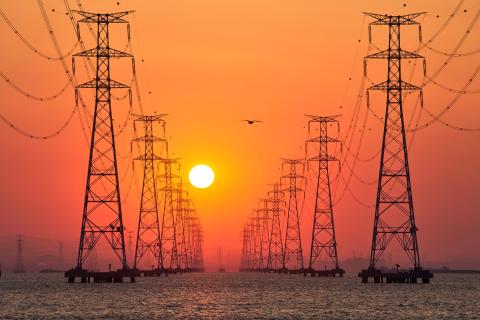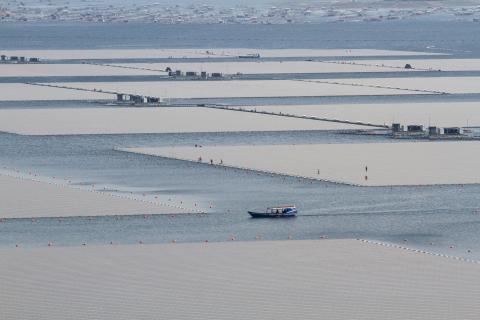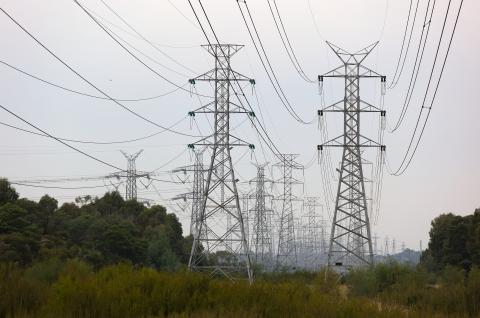Presentation: Bottlenecks to renewable energy integration in South Korea
Download PDF
View Press Release

South Korea’s renewable energy transition is lagging by at least 15 years, with renewables accounting for only about 10% of its power mix in 2024 — far below the global average of 30%, the Organisation for Economic Co-operation and Development’s 34%, and Asia’s 27%.
South Korea’s renewable energy capacity grew nearly 500% over the decade to 2023, yet actual generation increased by only half that rate. This highlights the country’s emphasis on quantitative expansion rather than qualitative growth, which ensures effective grid integration of renewables.
In summary, three interconnected barriers to South Korea's renewable energy integration — insufficient grid infrastructure, ineffective Power Purchase Agreements, and inefficient Renewable Portfolio Standard — require more coherent policies to address them.
While new policy plans are being introduced, IEEFA will continue monitoring developments.
Read the report: Bottlenecks to renewable energy integration in South Korea
Read the press release: South Korea’s renewables growth depends on grid, power purchase agreements (PPAs), and renewable portfolio standard (RPS) reforms


